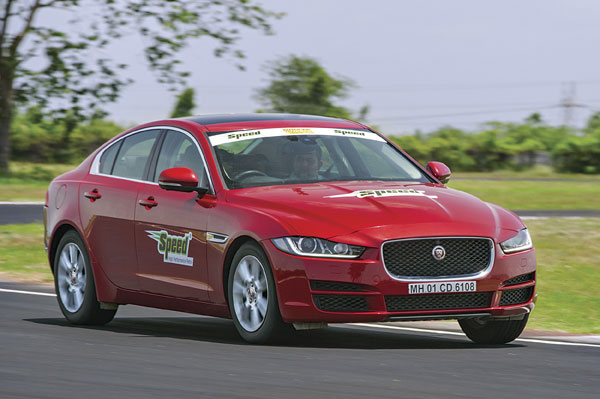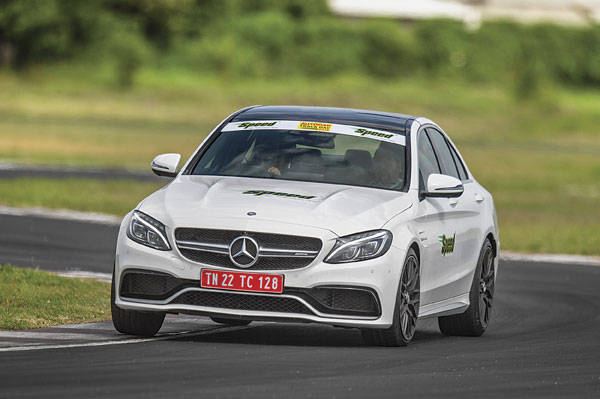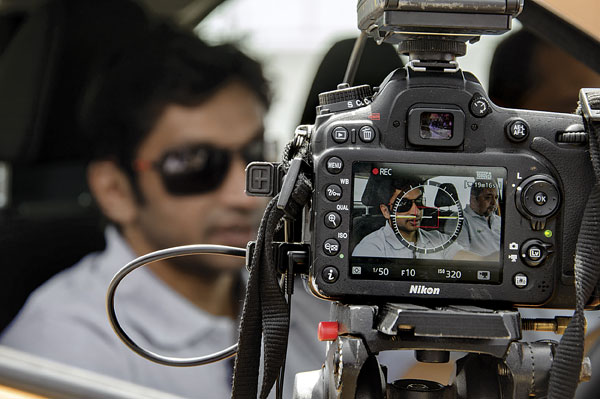Autocar India’s annual track test generally goes by in a blur. The proceedings commence at the crack of dawn, and the photography doesn’t stop until late into the evening. And day 2 is just as manic.
No one, however, grudges the oil, sweat and gears; our track day has to be one of the most enjoyable events of the year. It appeals to us on a number of levels. On one hand there’s the sheer joy of seeing the cars we’ve invited being pushed to their limits against the clock; no quarter given, every ounce of speed extracted. And then you have the little private bets we place on our favourites: Which will come out on top? What time will they do? Taking an educated guess is an absolute blast.
Then there’s the analytical side of things, which is equally fascinating. Why is car A quicker than car B, and where exactly does it score an advantage? Understanding and explaining what makes a car drive the way it does is an important part of what we do after all. And the best part is that there’s no hiding on a track. If a car has a weakness, or a flaw, it’s bound to show up here.
Yes, on-track performance is quite different from real-world ability. And truth be told, the race track really is something of an alien environment for everyday road cars, especially those reconfigured to deliver fantastic fuel economy and ride well on our poorly surfaced roads. Still, if you are looking for a consistent measure of just how good a car is to drive and how fast it is against the clock – other things being equal – a good track is probably the best you can get.
This is why we’ve been conducting our annual track day around the Sriperumbudur race track, on the outskirts of Chennai, since 2008. What makes the Chennai track well suited to road cars is the fact that the layout prioritises grip, agility and balance over outright power and raw straight-line speed.
This year for the first time, the track was completely resurfaced. It was no doubt smoother and didn’t chew up tyres like before, but last year’s times or even all the years since we first started our track day couldn’t be used as reference. To get an idea if the track was slower or faster, we brought along an Audi TT – which we used last year – as a ‘control’ or reference car. The lap times were largely similar to last year’s, but since the tarmac was still fresh, grip levels were still patchy and inconsistent which made extracting the best times a bit more difficult, and some cars could have been a slightly quicker.
What has also given us tremendous consistency is the fact that all our track tests, every single timed lap, has been driven by none other than ex-Formula 1 and current Japanese Super Formula driver Narain Karthikeyan who, like every other year, was on the ball from the word go. His approach and methodology are quite unique. He takes only a half a lap to suss out the cars, most of them he’s never driven before. Where to brake, where to turn in, where to add throttle and where to allow the car to slide a bit wide – he figures out in that half-lap. Then, before you know it, it’s one ‘banzai’ lap where he grabs the car by the scruff of the neck and hurls it around like a rag doll. The violence and aggression on his first proper lap in the car are simply stupefying. How does he keep it on the black stuff? How are his lines so perfect that the traces we get on our VBox overlap each other? Then follow a couple of cool-down laps, after which he has another go where he applies what he’s learnt from the previous lap. We do occasionally go out for a third lap, if there’s been a mistake or if he thinks there’s a bit more potential to be extracted. But, generally, two laps are all we do before it’s time for the next car. Incredible.
So what are the best driver’s cars launched this year, and which are the fastest? Let’s get straight to it.



